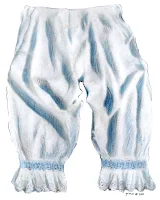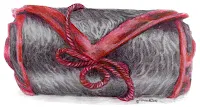 |
| John Charles Fremont played a key role in Missouri's Civil War. |
John Charles Fremont, an American explorer and general; born at Savannah, Georgia, January 21, 1813; was appointed professor of mathematics in the United States navy, and in 1839 was commissioned a lieutenant in the corps of Topographical Engineers. He commanded in 1843 an expedition through the Rocky Mountains to the Pacific, visited Great Salt Lake, and explored the sources of the Columbia River. He was brevetted a captain in 1845, and was sent to make explorations in California, but was ordered to leave by the Mexicans. In 1846 he was again ordered to California, where he found the Mexican Governor preparing to attack the American settlements. He placed himself at the head of the settlers, and was by them chosen Governor of California. War was soon afterward declared between the United States and Mexico, the former sending forces under Com. Stockton and General Kearney to possession of California. Difficulties having arisen between these commanders, Fremont, who had meanwhile been promoted to the rank of lieutenant-colonel, became a partisan of the former and refused to obey the orders of the latter, who was his superior officer. He was court-martialled for disobedience of orders and mutinous conduct, was found guilty, and was ordered to be dismissed from the service. This sentence was remitted by President Polk, but Fremont resigned his commission. In 1848 he fitted out at his own expense a large exploring expedition, with which he reached California in 1849. He was in 1856 nominated by the National Republican Convention for the Presidency. He received one hundred and fourteen electoral votes, while James Buchanan received one hundred and seventy-four and Millard Fillmore eight. At the commencement of the civil war Fremont was commissioned a major-general, served in Missouri and Western Virginia, and resigned his command in June, 1862. He was in 1877 appointed Governor of Arizona.
The article comes from the Comprehensive Dictionary of Biography Containing Succinct Accounts of The Most Eminent Persons In All Ages, Countries, and Professions by Edward A. Thomas. Philadelphia: Porter & Coates. Copyright, By Porter & Coates. 1883.





























